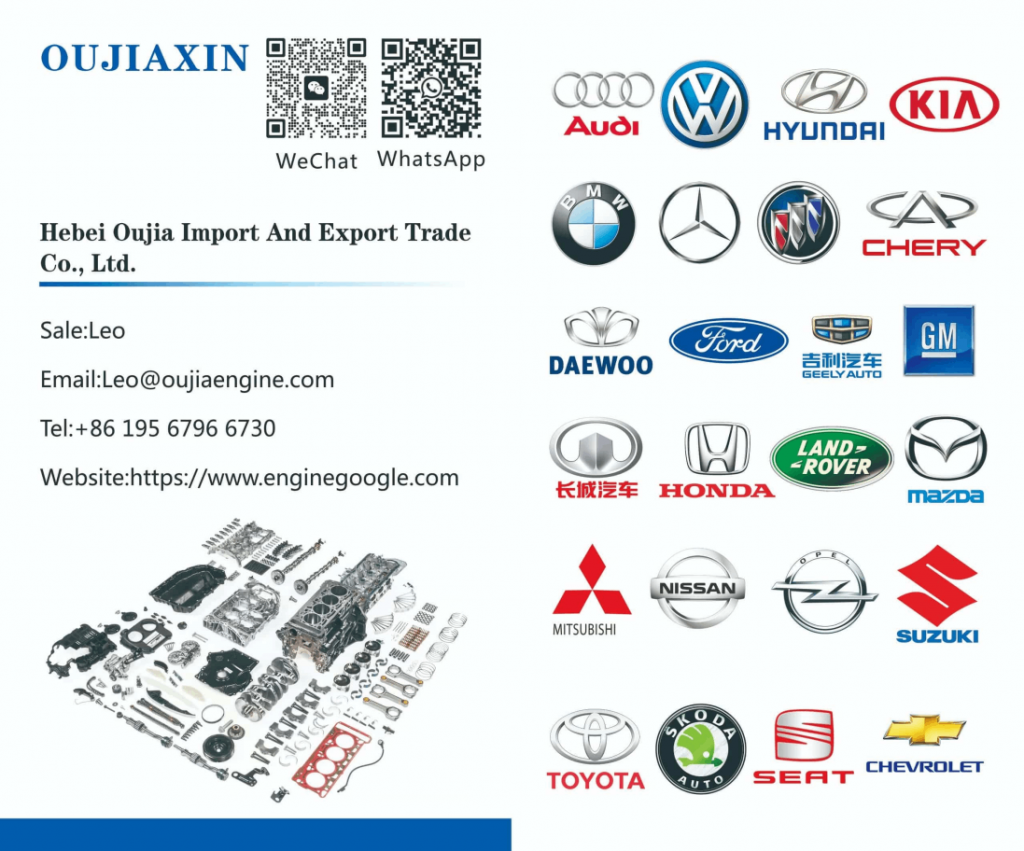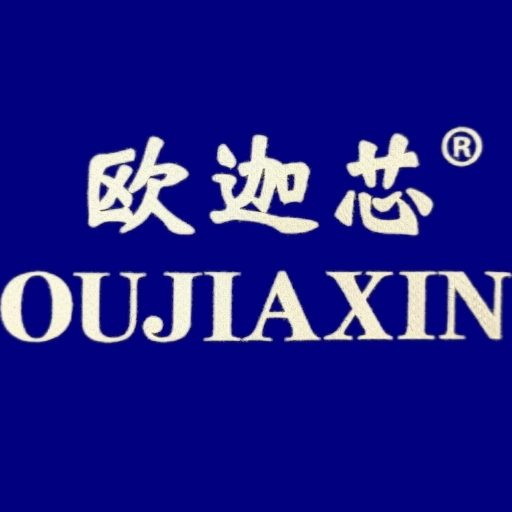Why do Japanese cars like to use natural aspiration, while German cars are mostly turbocharged?
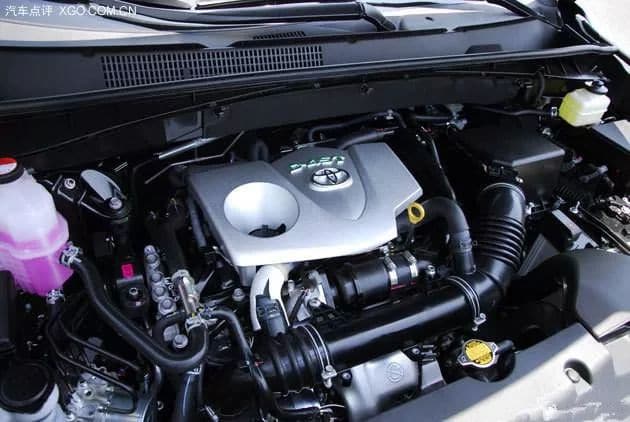
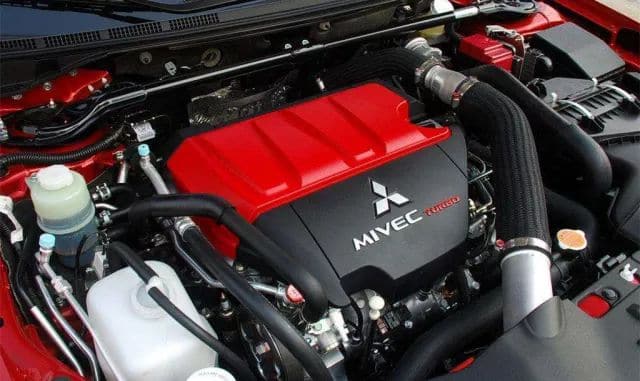
Mitsubishi series engines include 4A15 4A92 4G15s 4G15v 4G18 4G18S1 4G63T 4G64-S4M 4G94 SL-4G64 4B12 6B31 6G73 V43 6G74 V73 6G72 V97 3.8 6G75 4J12
Don’t Japanese cars like to use turbines?

It is not false to say that most Japanese cars are naturally aspirated. Let’s count from the period when China began to import a large number of cars, that is, when the Toyota Crown was first introduced into the country. T, 2.5T; EVO 2.0T; Nissan’s 1.6T, 2.0T; Toyota’s 2.0T; Honda’s 1.5T and 2.0T. Engines are also about to enter the country. There are very few turbocharged engines, and there are even fewer models using turbo engines, and most of them are performance cars. Not to mention all of the manufacturers’ mass-market models, it can be said that they are basically self-priming;
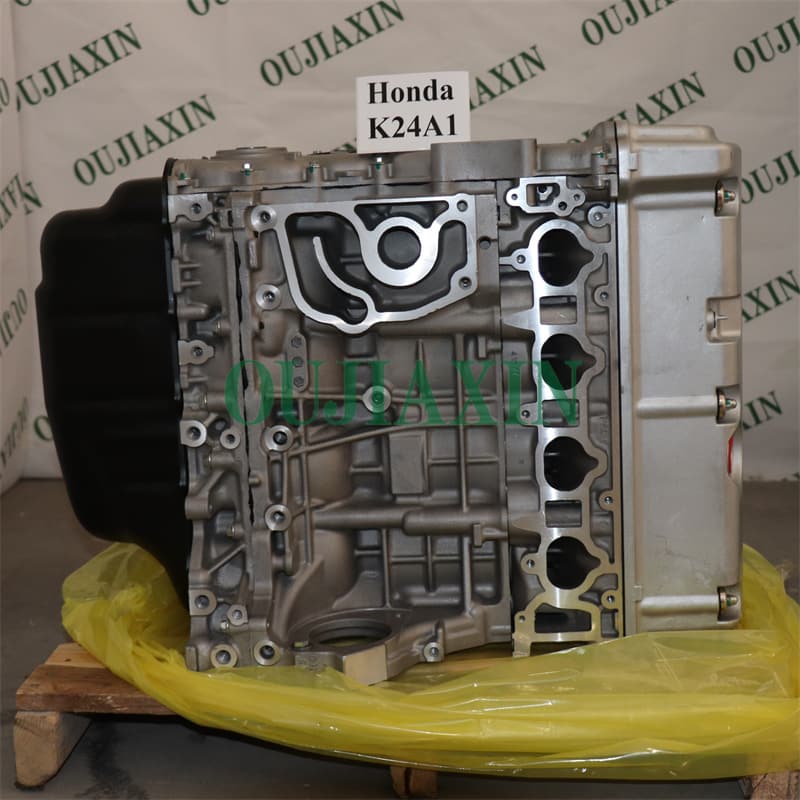
K-CAR, which now accounts for one-third of Japan’s mainland, used turbocharged engines for 18% in 2007, and dropped to 14% in 2015, so turbines are still used in Japan, but compared with the domestic situation , the proportion is really not much.
Почему немецкие автомобили любят использовать турбины?
German cars include Volkswagen and Audi series, EA111, EA211, EA888, Mercedes-Benz series M278, M157, M276, M274, M272, M271, M270, Mercedes-Benz new M264, M282, BMW series N62, S62, N55, N52, N54, N20, N46, BMW new B58, B48, B38
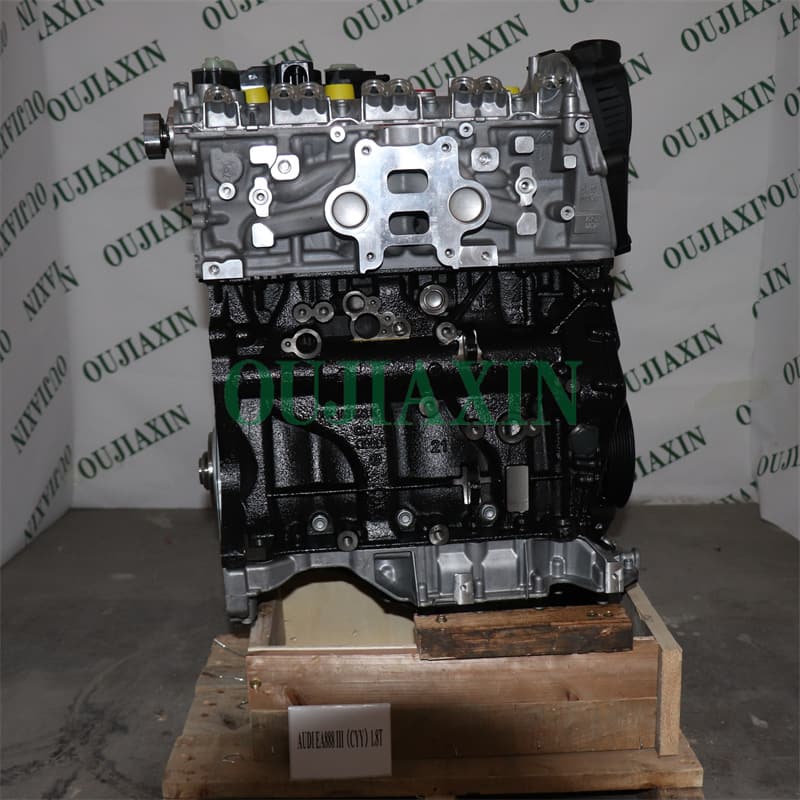
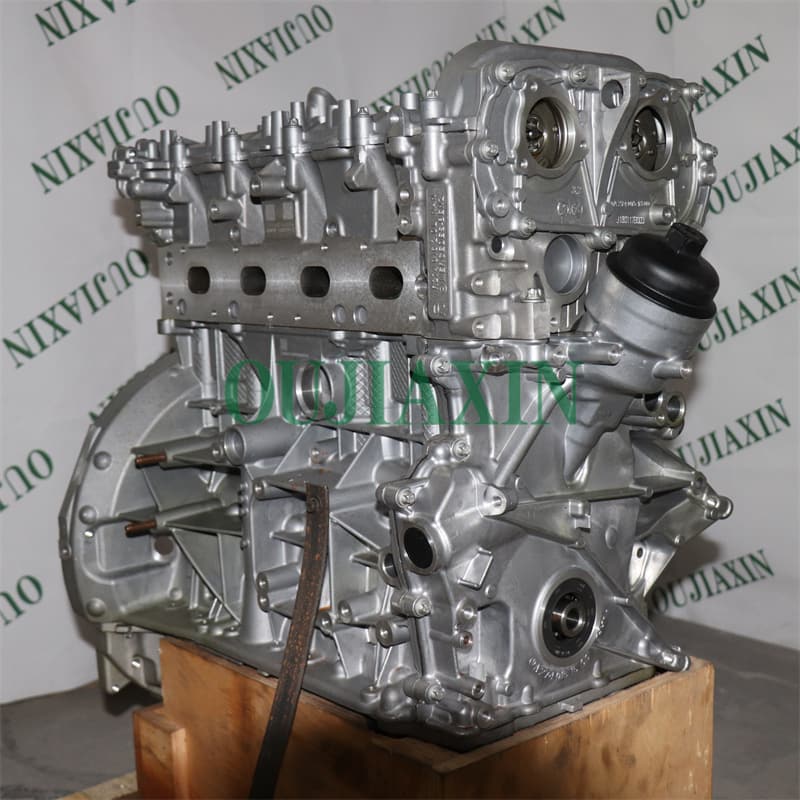
In fact, German cars are only aimed at the domestic situation. In Europe, most countries except Germany also prefer to use turbocharged engines. Why is this?
- The impact of displacement tax
Due to the requirements of environmental protection, Europe and China are the few regions in the world that impose displacement tax, so the small-displacement supercharged engine can skillfully avoid this restriction, and the interest of paying less tax is driven by the manufacturer. Made with a turbine.

Emission tax, this money is collected by ZF from manufacturers, of course, the wool comes from the sheep, and finally directly reflected in the car price. Consumers are unwilling to pay, so they have to reduce costs. The application of automotive technology is ultimately driven by profit. This iron law is the same everywhere. Therefore, compared with naturally aspirated engines, small-displacement gasoline supercharged engines will have a direct advantage in profits.
2.Constraints of Laws and Regulations
The carbon emissions of small-displacement vehicles are lower than those of large-displacement vehicles. The European EUDC standard was formulated earlier. At that time, it was when the world was worried about the greenhouse effect. Therefore, EUDC has stricter carbon emission inspections, which is why there are emissions in Europe. tax reasons.
Secondly, Europeans use cars in 70% of the suburbs and 30% of the urban areas. In this driving situation, the engine operating conditions will not change drastically. Therefore, in Europe, the driving conditions are relatively stable. At this time, the supercharged engine The fuel efficiency will be slightly higher; in Japan, this ratio is the opposite, 70% in the city, 30% in the suburbs, and under this working condition, the naturally aspirated engine is more efficient, so this is why Japanese cars mostly use self-priming one of the reasons.
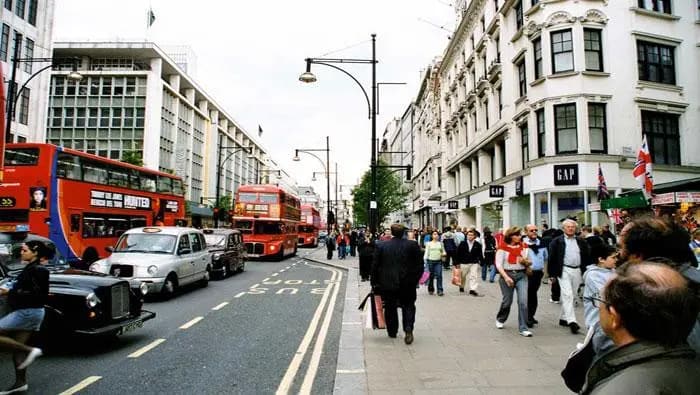
Why is this happening in China?

To be honest, the situation in China is quite special, and the driving conditions are similar to those of the United States and Japan: the frequency of urban driving is much greater than or equal to that of suburban driving, but the European standard that favors suburban driving is adopted. The reason is the government’s environmental protection and taxation. Restrictions have created China, the world’s largest gasoline turbocharged car market.
What about Japan itself?
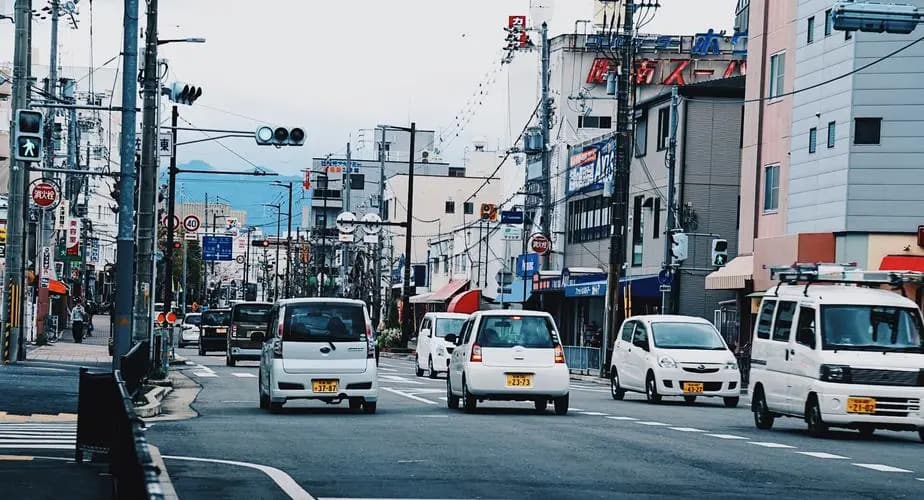
The above mentioned a lot of new superchargers that Japan has just released. Many people think that the Japanese can’t stand the torrent of technology and start using turbocharging technology. In fact, it is not entirely correct:
In fact, the earliest popular area of turbocharging is also in Japan. Due to the limited resources of Japan’s small people, coupled with the fact that it was a defeated country after World War II, under the huge compensation and the completely paralyzed domestic situation, the Japanese government launched a new car type K-Car (the domestic Big Dipper is the standard car) in order to restore its vitality. K-Car). This standard has strict regulations on engine displacement, for example, the engine displacement must not exceed 660cc, and the early K-Car standard even stipulated that the displacement should not exceed 150cc. This makes the naturally aspirated K-Car very poorly powered. The most direct way is to install a turbocharger for the K-Car. As a result, turbocharging gradually became popular in Japan, and it reached its peak in the 1980s. At that time, almost all Japanese cars had turbocharged models, and even Alto had a turbocharged version. The disadvantages of supercharged engines in terms of fuel efficiency were gradually exposed, and turbocharged engines gradually withdrew from the Japanese stage.
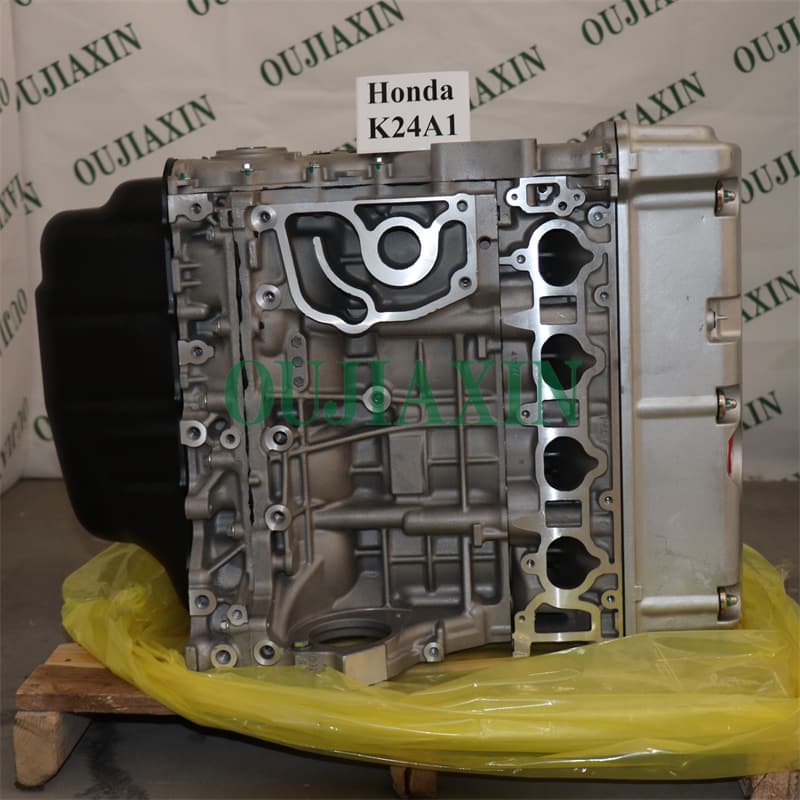
Japan is now returning to turbocharging, not because of a technical change, but because of a choice based on market strategy. Take NX200T as an example. Its competitors are X3/Q5/GLK. In North America, the main market of Lexus, the sales volume of these types of vehicles is less than half of that of RX; while in Japan, another major market of Lexus, SUV belongs to Very unpopular car. Where is this car sold? Obviously, it is for the Chinese market that is keen on small-displacement turbocharging. In recent years, the mainstream markets for Japanese cars in North America and Asia have gradually become saturated. In order to compete with European manufacturers, the Japanese also need to open up China, the fastest growing car market in the world. Several other Japanese manufacturers are also based on this purpose. Started to introduce small-displacement turbocharged engines.
It’s a little farther away, but back to the topic, the Japanese are keen on naturally aspirated, which is actually the choice of the market. In the Japanese market, the Japanese have a very unique concept of driving. They like smoothness, smoothness, very smoothness, and extreme smoothness… For example, the “back push feeling” that Chinese people like is scoffed at in Japan, and the kind of push back that the turbo intervenes I feel that the Japanese are extremely annoying. Volkswagen DSG’s 1 and 2 gear shifting frustrations in traffic jams and frequent start-stops have also been sprayed out in Japan (many people have driven DSGs in China. didn’t feel it).
In addition, Japan is a small country with few resources, so it is good to choose a car that is sufficient, and the requirements for fuel consumption are also very abnormal, and the fuel efficiency of turbocharged cars is very poor in the congested conditions of Japanese cars. It broke the dominance of Japan’s naturally aspirated + CVT, all for fuel efficiency and emissions.
